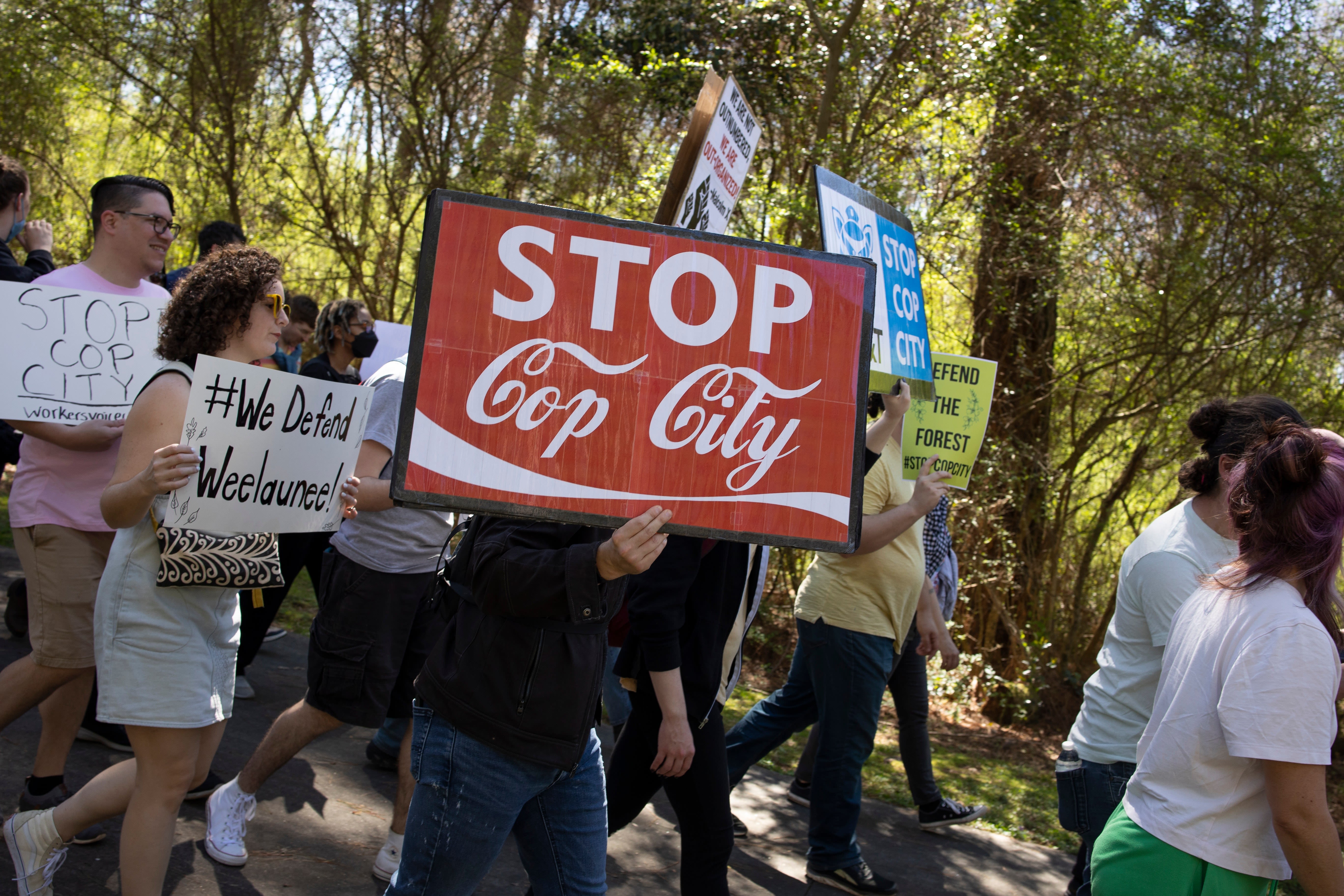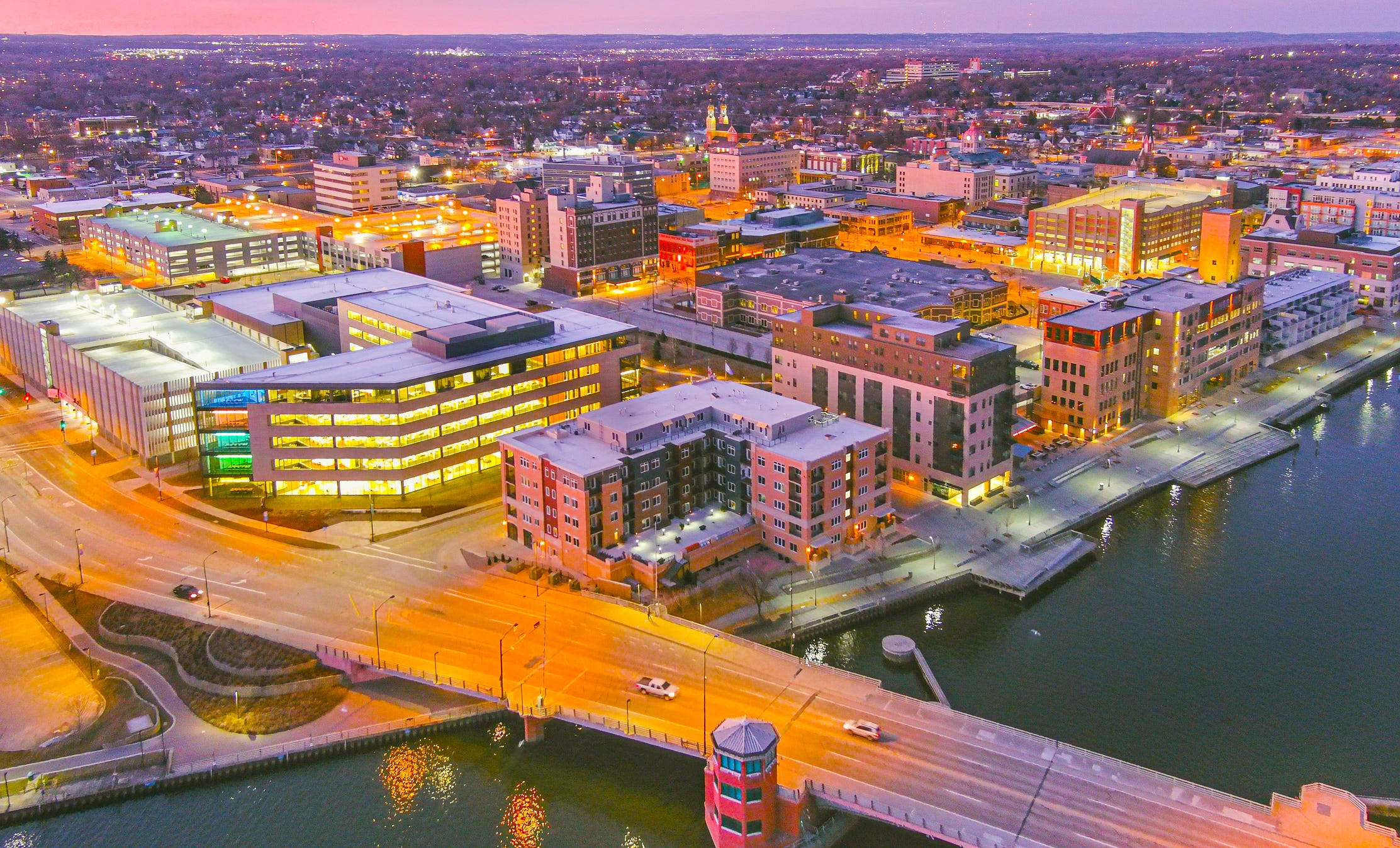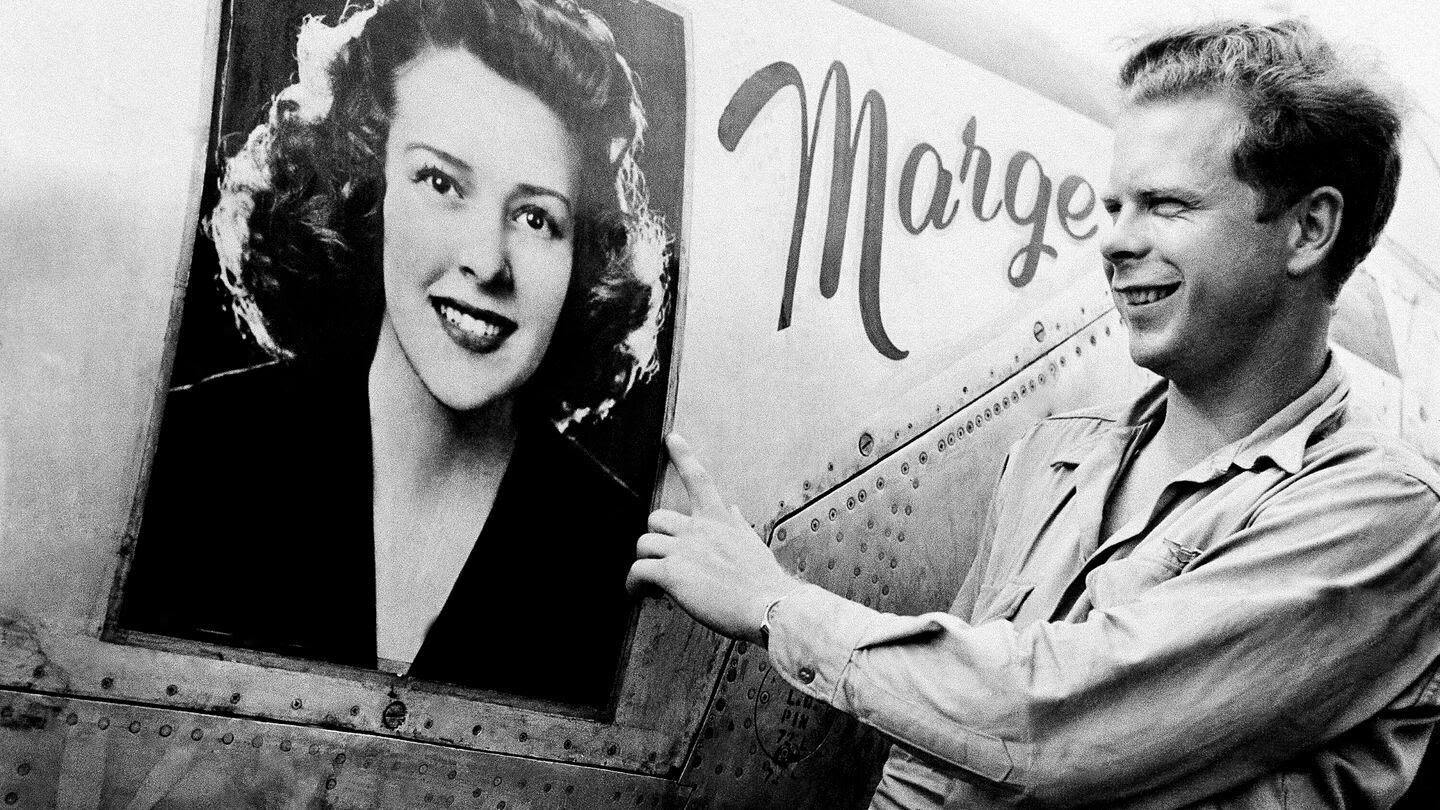Search results
humanitiestexas.org
President James Madison
- It was founded by James Duane Doty, a former federal district judge and a land speculator who held large holdings in the area, in 1836 (a year of frenzied land speculation in the newly created Territory of Wisconsin) and was named for President James Madison, who had died that summer.
www.britannica.com › place › Madison-WisconsinMadison | Wisconsin, Population, Map, & University | Britannica
People also ask
Why was Madison named after James Madison?
Is Madison Wisconsin a city?
Where did Madison come from?
How many people live in Madison Wisconsin?
The Madison metropolitan area had a population of 680,796. The city is located on an isthmus and lands surrounding five lakes— Lake Mendota, Lake Monona, Lake Wingra, Lake Kegonsa and Lake Waubesa. Madison was founded in 1836 and is named after American Founding Father and President James Madison .
6 days ago · It was founded by James Duane Doty, a former federal district judge and a land speculator who held large holdings in the area, in 1836 (a year of frenzied land speculation in the newly created Territory of Wisconsin) and was named for President James Madison, who had died that summer.
- The Editors of Encyclopaedia Britannica
News about Wisconsin, Atlanta's Cop City, police training facilities
News about Madison, fire, storms
News about Wisconsin Historical Society, canoes, Lake Mendota
Also in the news
Doty named Madison for James Madison, 4th President of the U.S. The next year, in 1837, Eben and Rosaline Peck (1808-1899) became the first white settlers in Madison. Eight years after Wisconsin became a state, Madison became a city boasting a population of 6,864. The first settlers were Yankees from the eastern states.
Madison was incorporated as a city in 1856 and is named after James Madison, the fourth U.S. President. In 2020, the Madison metro area was the fastest growing in the state, according to U.S. Census data, adding 75,361 residents for a total of 680,796 .
- Choosing A Capitol
- Profitable Provisions
- A Splendid City
- Skirmishing Outside The Legislative Halls
- Argument and Poor Accommodations
- An Unpopular Choice
Dodge acted quickly. The census was taken in August and found 11,683 non-Indian residents between Lake Michigan and the Dakotas. Elections were held on October 10 to choose delegates for a territorial convention. The convention opened October 25, 1836, in a chilly wood-frame buildingin Belmont, a crossroads hamlet thrown together in the Lead Region...
Doty had visited the Four Lakes in 1832. He and two partners purchased the 1,200 acres where downtown Madison now stands for $2,400. On the way to Belmont that fall, he brought along a surveyor, J. V. Suydam, to measure off and sketch out a hypothetical city. If the territorial delegates chose it for the capital, Doty and his partners would earn a ...
"While standing at the section corner, on that beautiful spot between the Lakes, then the central point of a wilderness, with no civilization nearer than Fort Winnebago on the north, and Blue Mounds on the west, and but very little there; and over which now stands the principal entrance to one of the finest capitol structures in the west, I have no...
Doty and Suydam reached Belmont near the end of October, where Henry Baird had written home that "The all absorbing question of the location of the seat of Government has not yet, of course, been stirred, and it appears to be the general wish to let it rest in peace until near the close of the session..." Another delegate named Moses Strong recalle...
Some argued for putting it near a center of population, such as in the Lead Region or at Green Bay. Boosters of tiny sites such as Milwaukee — which at the time consisted of a single log cabin —lobbied on the basis of future prospects. Others argued for a central location which, since half the population of the new territory lived in modern Iowa an...
When the question came up for discussion on November 21 in the Council (equivalent to today's Senate), the debate raged for two days. On October 23, a draft bill naming Madison the seat of government was introduced for vote and, "a spirited attack was made upon it, and motions to strike out Madison and insert some other place were successively made...
Feb 18, 2008 · There are also 20 counties nationwide called "Madison." Just why will always be something of a mystery, but the same man named both our city and county. "There is no doubt but that Judge Doty did both," said Albert Ellis, a member of the first Wisconsin territorial Legislature at Belmont, which selected this undeveloped wilderness as capital.
It is located in the south-central part of the state, on an isthmus between Lakes Mendota and Monona. Founded in 1836 and named for James Madison, it became the capital of Wisconsin Territory the same year. It was incorporated as a village in 1846 and as a city in 1856.



